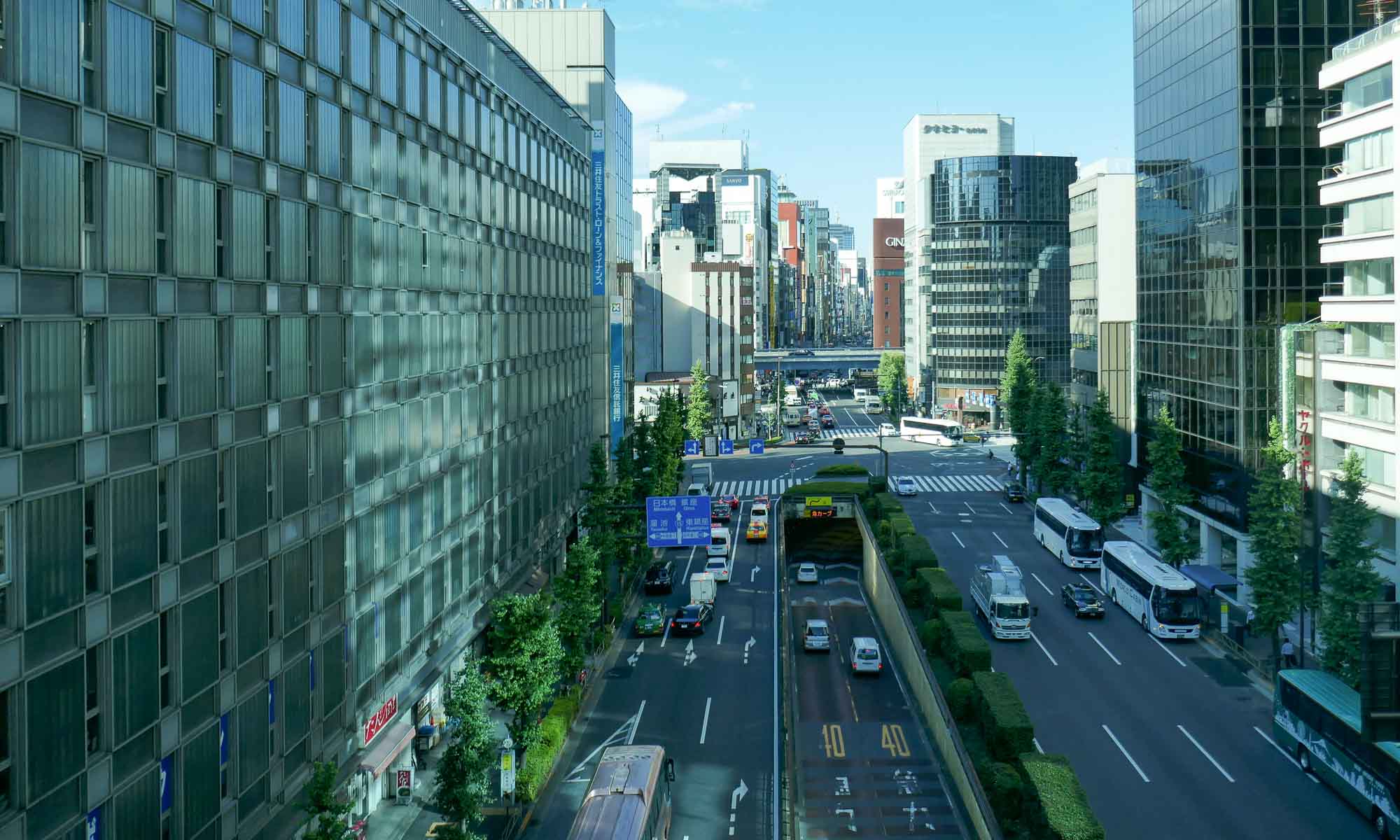Visiting Hiroshima, we did not really know what to expect. Could we drink the water? Would we be exposed to radiation? After all, we all know the name Hiroshima, purely because of the atomic bomb that was dropped by the US during WWII in August 1945.
With the constant state of politics today, the world on the brink of WWIII, visiting the city was surreal. While the water was safe to drink, and the radiation levels are similar to those elsewhere in the world, we left with a greater appreciation of the damage and impact of the bomb to the city and its residents.

Hiroshima prior and during WWII was a city of military significance as it was where a number of key army bases were located. In addition, it was also a key center for shipping and had large depots of military supplies. Thus it was a target during the war, and on August 6, 1945 the first nuclear bomb was dropped.
The bomb was so powerful that it destroyed everything and everyone within a 2 km radius. The blast and the intense heat of the bomb, that exploded about 600 m above the city, killed almost 80,000 people immediately and many more afterwards as a result of their injuries and radiation exposure. On that day, a great number of students and volunteers were mobilized in the area for building demolition. This was done to create firebreaks to limit the spread of potential fires, measurements that were taken because of intensified air raids.
Highlights of Hiroshima
We stayed in Hiroshima for 3 nights and made several day trips from the city. Walking through the city, it was amazing to see how much the city has been rebuilt since the war.
Peace Memorial Park
Four years after the bomb, it was decided that a park should be created as a memorial to the bomb’s direct and indirect victims. In the 1950s the park was created, close to the hypocentre, on what was once the political center of the city. Over 120,000 square meters wide, the park includes a number of museums, monuments and memorials.

Peace Memorial Museum
This museum is the centerpiece of the park and chronicles the events of August 6 as well as the pain and suffering caused by the bomb. It includes a paid section and a complimentary section. We only visited the complimentary section, and found that to be both educational and upsetting.



President Obama visited the museum in 2016, and was the first sitting US president that ever visited Hiroshima. The message he left: “We have known the agony of war. Let us now find the courage, together, to spread peace, and pursue a world without nuclear weapon” is one which hopefully the world will take to heart. Within the museum is the “Peace Watch Tower”, which notes the number of days since the dropping of the bomb, as well as the number of days since the last nuclear test. With the current state of politics it is not surprising that the latter statistic is often reset.

Admission fee: Y 200
Cenotaph for the A-Bomb Victims
This saddle-shaped monument was erected over a chest which holds the names of all the victims of the bombing. It was built in such a way as to be aligned with the Peace Flame and the A-Bomb Dome.
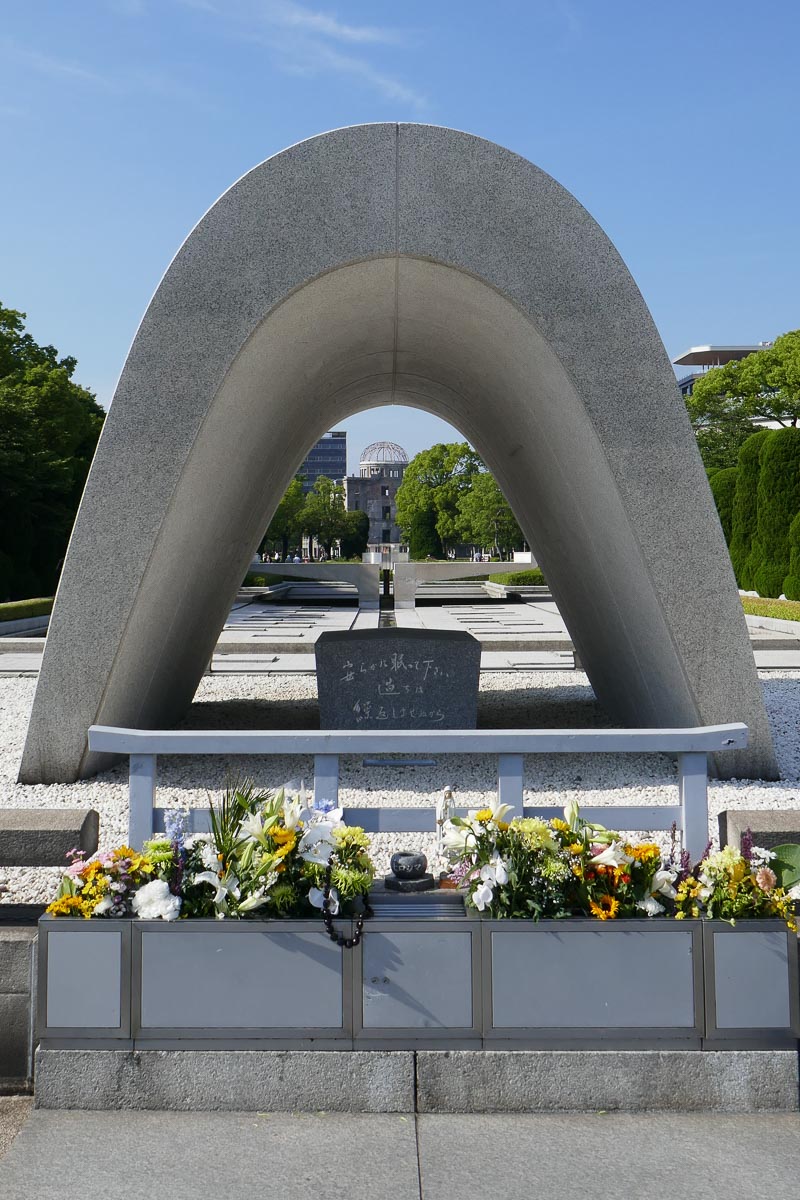
Peace Flame
Located just behind the cenotaph, the peace flame was lit in 1964 and will remain lit until all nuclear bombs in the world have been destroyed.
Children’s Peace Monument
This touching monument was erected in memory of all the children that died in the bombing. The statue at the top of the monument is based on the true story of Sadako Sasaki, a young girl who died from radiation, who had believed that if she folded one thousand paper cranes she would be cured. Kiosks around the monument have been built to house the thousands of cranes sent by children from all over the world.

A-Bomb Dome
The ruins of the former Hiroshima Prefectural Industrial Promotion Hall have been declared as a UNESCO World Heritage Site. It is one of the few buildings that were left standing after the bomb, and has been left exactly as it was on that day to honour the memory of the victims.

Hiroshima National Peace Memorial Hall
The memorial hall was built to be a place where people could come and mourn the victims of the bombing and pray for peace. It includes a large remembrance hall which contains a 360 degree panorama of Hiroshima after the bombing, constructed out of 140,000 tiles. 140,000 being the number of estimated victims of the bombing. The most poignant part of the hall is the fountain in the middle which was built in memory of the victims, many of whom died begging for water to quench their thirst.

Admission fee: Free
Getting to the Peace Memorial Park
The closest tram stop is Genbaku-Domu Mae, which is across the street from the A-Bomb Dome.
Hiroshima Castle
The castle was built in 1589 in the center of five villages that later became known as Hiroshima. It served as a military facility during a number of wars, and was demolished in 1945 by the nuclear bomb. It was reconstructed in 1958 and currently serves as a museum of Samurai culture.



Admission fee: Y370
Day trips from Hiroshima
Miyajima Island
This was one of the places we were keen on visiting when we planned our trip. Miyajima, with what appears to be a floating torii gate, is considered to be one of the best views in Japan. The torii gate and the Itsukushima Shrine were both built over water and at high tide appear to be floating. The island has a large population of wild deer that wander along the walkways and have become accustomed to humans.
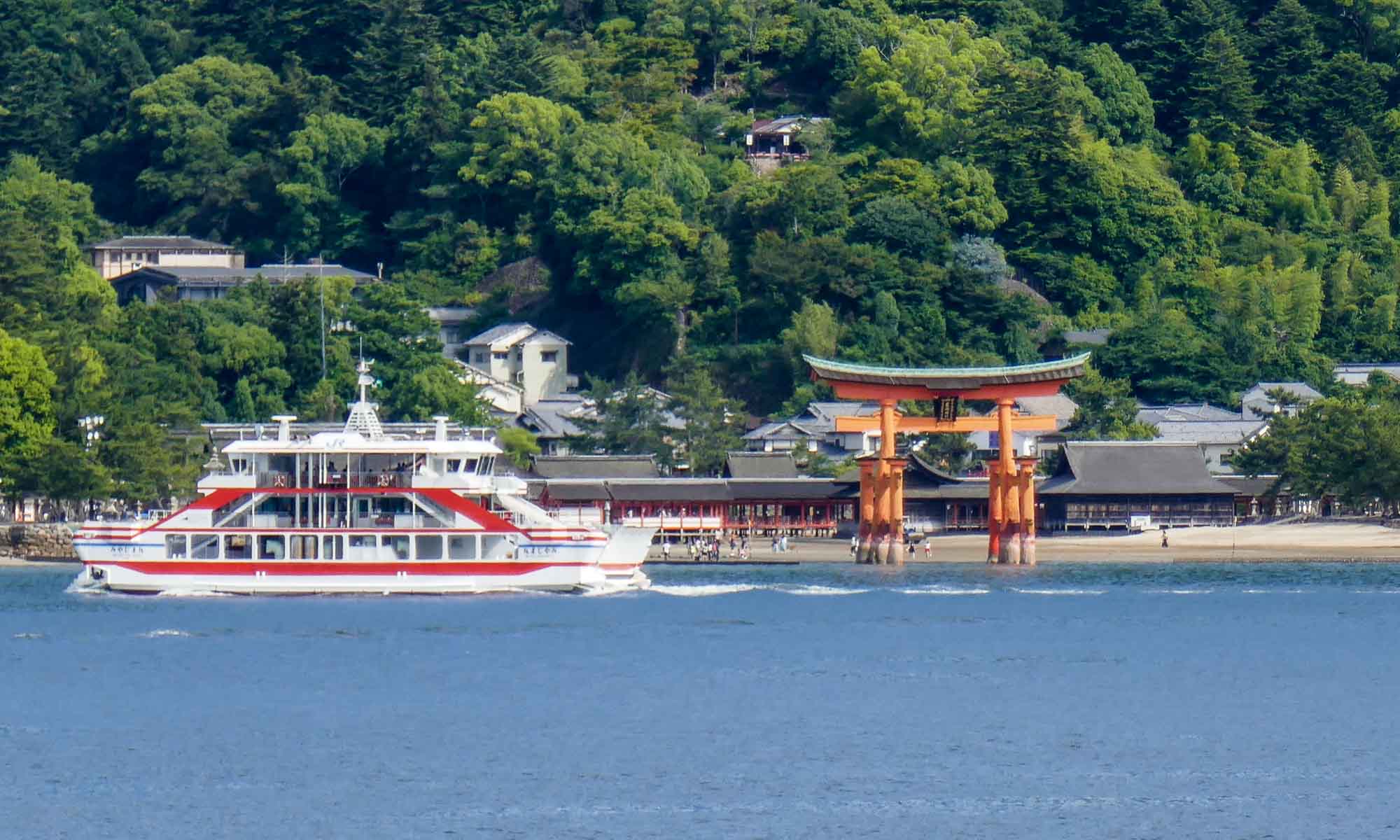

The bulk of our time was spent on Mount Misen, the highest peak on the island at 500 m above sea level. Though there are 3 hiking trails leading up the mountain, we took the ropeway, and hiked the remaining 1 km up the steep incline to the peak and the Mount Misen Observatory. The views at the top made the effort worthwhile.






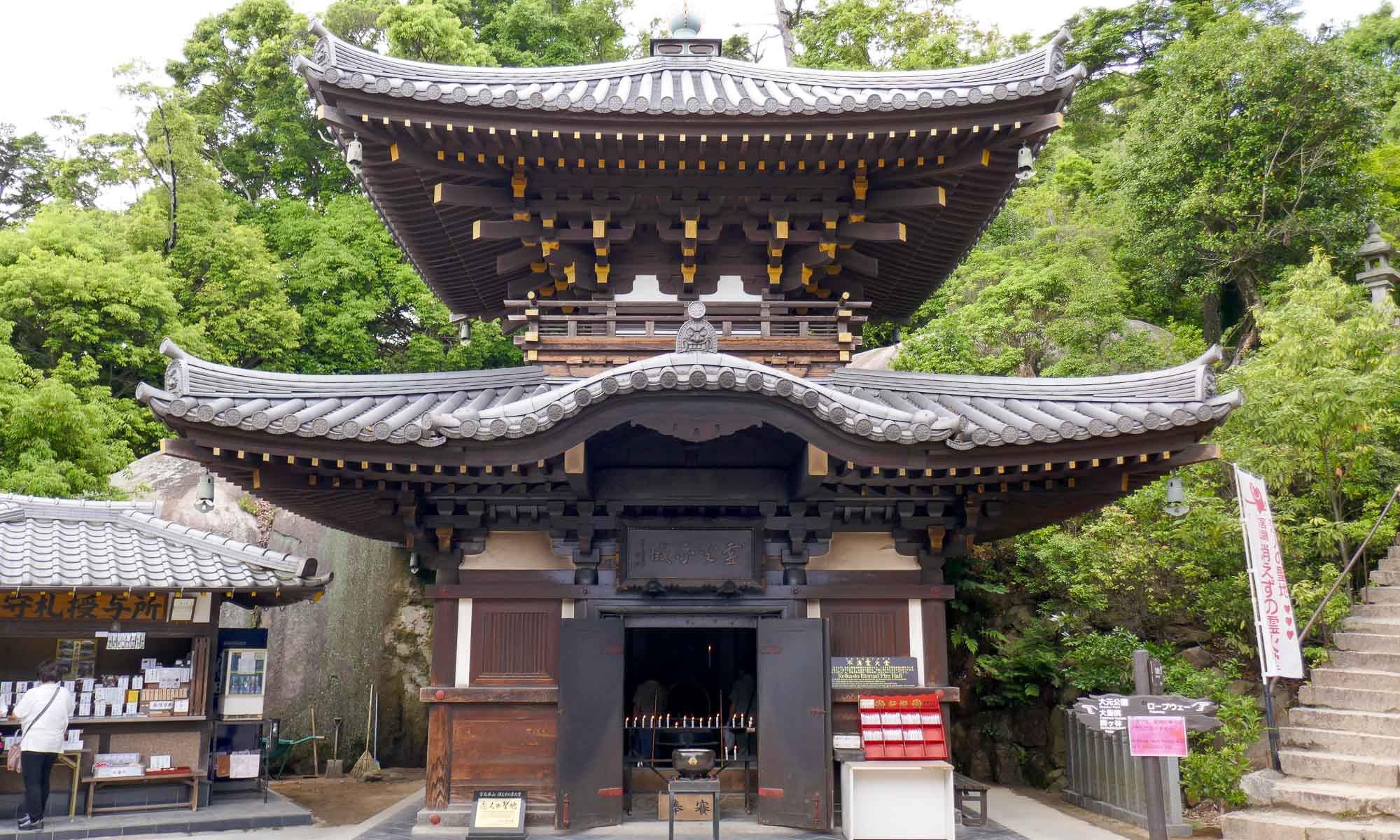
Getting to Miyajima Island
The pier for ferries to Miyajima is close to Hiroden-miyajima-guchi streetcar station. By streetcar, the station is about an hour from JR Hiroshima station. Another option is to take the JR Sanyo main line from JR Hiroshima station. There are two ferries that go to the island: the JR Miyajima ferry and the Miyajima Matsudai ferry. With our JR railpasses the ride on the JR Miyajima ferry was free.

Getting to Mount Misen
The shuttle to the ropeway up Mount Misen is about a 15 minute walk from the pier. The shuttle leaves every 20 minutes and takes about 3 minutes to the ropeway station. To get to Shishiwa terminal (final stop), two funiculars are needed, the first takes about 10 minutes and the second about 4 minutes.
Ropeway: Y1,800 (return trip)
Himeji Castle
With an extra day in Hiroshima, we decided to venture out to the most spectacular castle in Japan, Himeji Castle. The castle is located about a 20 minute walk from JR Himeji station. It can be viewed from the station, and with its white appearance and size, is definitely an imposing structure. The castle was built in 1333 and declared a UNESCO World Heritage Site in 1933. During WWII, Himeji was heavily bombed but the castle was left unscathed.

We were disappointed to find that the interior of the castle was almost totally empty, apart from some weapon racks and mats.




Admission fee: Y1,000
Getting to Himeji Castle
The Shinkansen from Hiroshima to Himeji takes roughly an hour.
Sleeping in Hiroshima
Hiroshima Sunroute Hotel
We chose the hotel strictly due to its location on Peace Boulevard. It is located barely 5 minutes walk from Peace Memorial Park, and from our window we had views of the park. The room though small was clean. Breakfast per person was approximately EUR 11, so instead we purchased items from a nearby grocery store and ate in our room.

Dining in Hiroshima
Hassei
This small Okonomiyaki restaurant is popular with both locals and tourists. The food was good and reasonably priced.
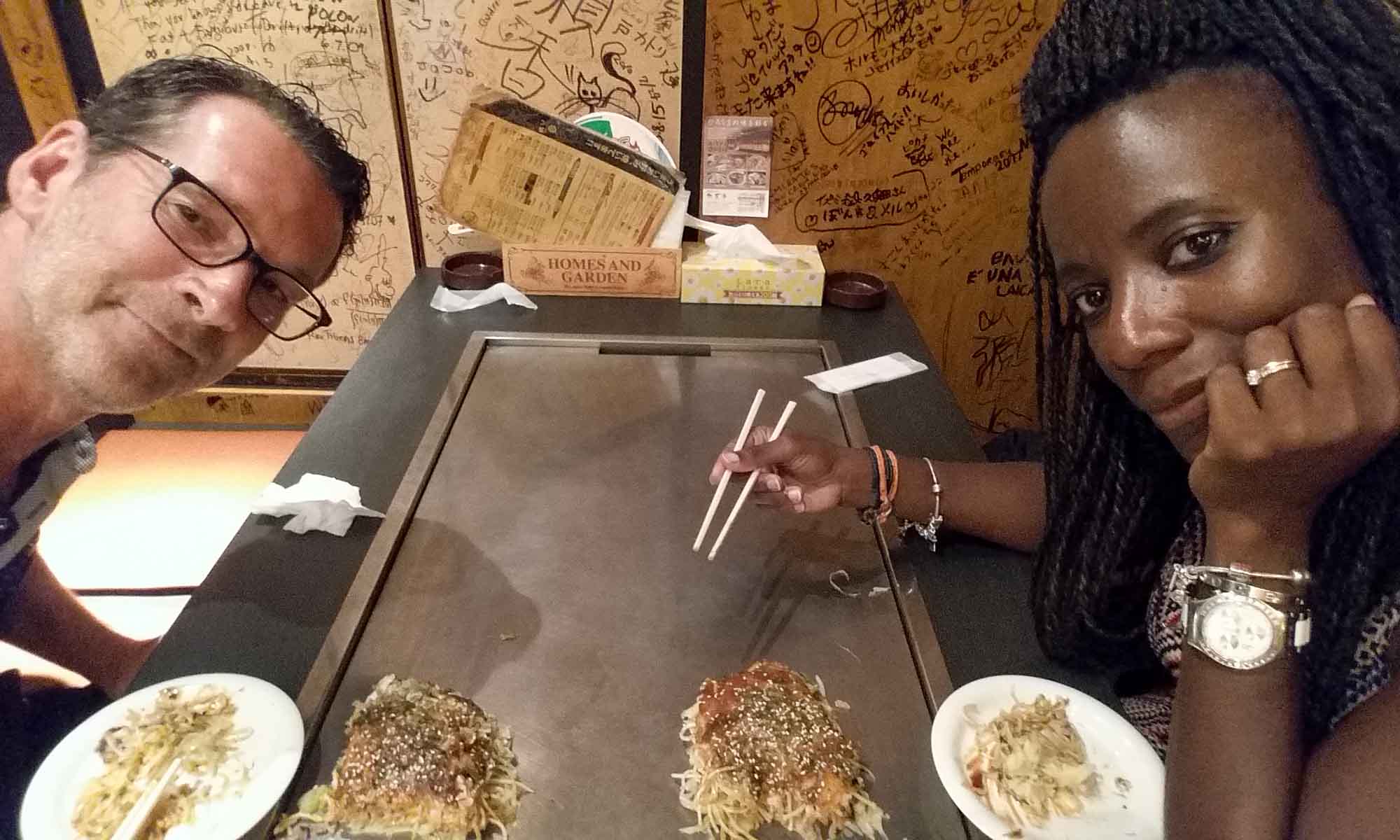
Yayoiken
Yayoiken is a chain restaurant found all over Japan. The concept of the restaurant is based on set meals. We had to order our food via a vending machine at the front, after which we were shown our seats by the lone member of staff. The restaurant was very popular with locals and we were the only tourists.


Getting to Hiroshima
From Kumamoto the journey to Hiroshima on the Shinkansen takes approximately 2 hours 30 minutes. The route is a popular one, as the train continues towards Osaka and Kyoto after Hiroshima. Therefore, we made sure we had reserved our seats.
Getting around Hiroshima
Hiroshima is served by an extensive streetcar and bus network.
1-day streetcar pass: Y600



